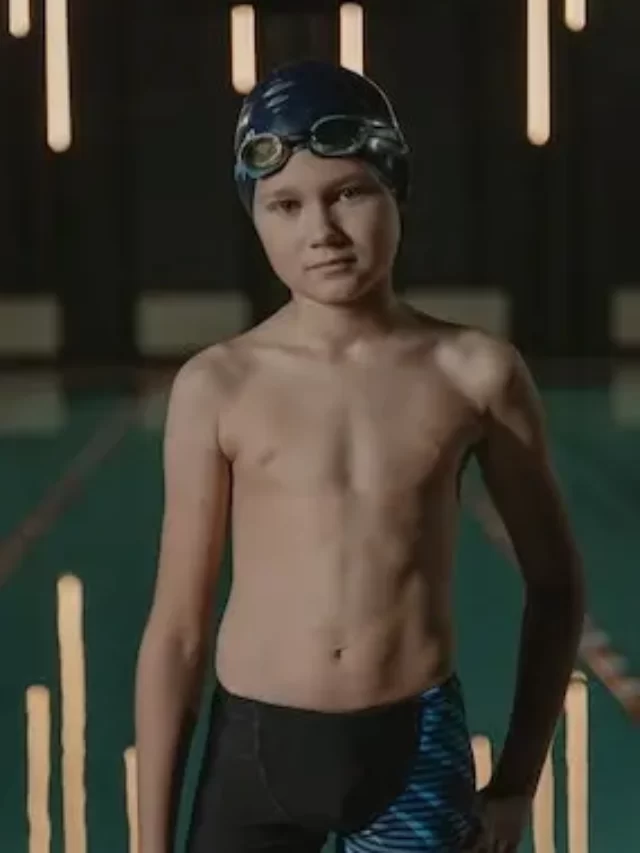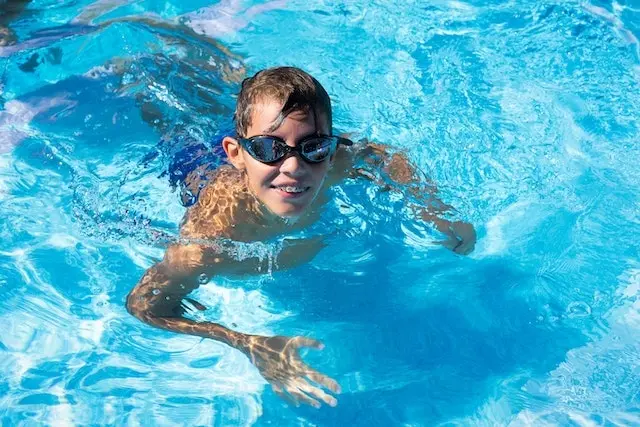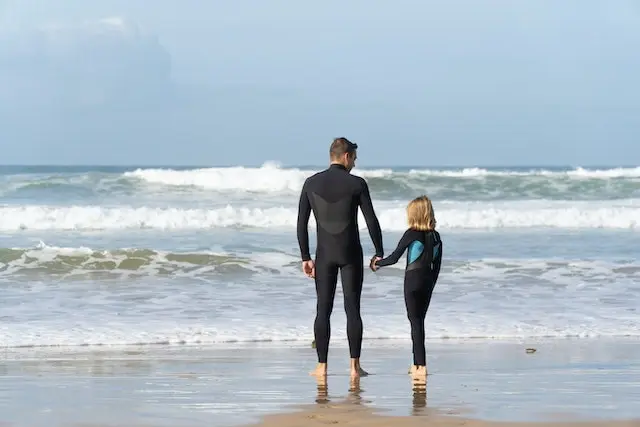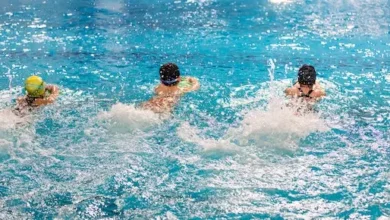Navigating the Pool: A Comprehensive Guide to Finding the Perfect Swimming Class for You
Learning to swim is a thrilling effort, but selecting the appropriate swimming class is essential to making the most of your experience. We will go into the finer points and factors to take into account while choosing the ideal swimming class for your child or yourself. Together, we can explore the vast field of aquatic education and make sure that you have a rewarding experience.
In this article,
Why is choosing the right swimming class important?
- Foundational Importance: Selecting the right swimming class is pivotal, as it lays the foundation for acquiring essential swimming skills and instils water safety practices. Without a solid foundation, progress may be hindered, and safety could be compromised.
- Impact on Enjoyment: A well-chosen class significantly influences the overall enjoyment and success of the learning journey, contributing to a positive and comfortable learning environment. It sets the tone for a lifelong love of swimming.
How Do You Assess Your or Your Child’s Swimming Skill Level?

- Self-Evaluation: Thoroughly assess current swimming abilities through self-evaluation, considering factors such as comfort in the water, basic strokes, and familiarity with water safety practices. Understanding strengths and weaknesses helps in selecting an appropriate class.
- Professional Evaluation: Seeking a professional evaluation ensures a more accurate understanding of the individual’s skill level, providing valuable insights for choosing an appropriate class. Trained instructors can pinpoint areas for improvement.
What Types of Swimming Classes Are Available?
- Diversity of Options: Swimming classes come in various forms, including group lessons for social interaction, private lessons for personalized attention, and parent-child classes for early introduction. Understanding the diversity of options allows individuals to choose based on personal preferences and learning styles.
- Specialized Classes: Specialized classes designed for specific age groups and skill levels cater to diverse preferences and needs. These may include classes for infants, toddlers, beginners, or advanced swimmers.
What Facilities Should You Consider When Choosing a Swimming Class?

- Pool Size and Depth: Consider the size and depth of the pool, ensuring it aligns with the learning objectives and comfort levels of participants. A pool that accommodates different skill levels and activities provides a versatile learning environment.
- Environment: Evaluate cleanliness, water temperature, and the overall ambience of the facility, as these factors significantly contribute to the effectiveness of the learning process. A comfortable and well-maintained environment enhances the overall experience.
How to Find Certified and Qualified Swimming Instructors?
- Certification: Look for instructors with proper certifications, signifying their expertise in teaching swimming. Certifications from reputable organizations such as the American Red Cross or Swim Australia demonstrate a commitment to professional standards.
- Experience and Track Record: Consider the instructor’s experience and track record, ensuring they have a proven history of successful teaching and positive interactions with students. Reviews and testimonials can provide insights into their teaching style and effectiveness.
- Teaching Methods: Assess their teaching methods, communication skills, and ability to create a positive and supportive atmosphere for learners. An instructor’s ability to adapt to different learning styles enhances the overall effectiveness of the class.
What is the importance of class size in swimming lessons?

- Individualized Attention: Smaller class sizes ensure more personalized guidance, fostering better instruction and a safer learning environment. In smaller groups, instructors can focus on individual needs, making adjustments and providing tailored feedback.
- Enhanced Learning Experience: Participants in smaller classes often experience a more interactive and engaging learning atmosphere, enhancing the overall learning experience. The sense of community and camaraderie can positively impact motivation and progress.
Considering Scheduling and Location: How to Optimize Convenience?
- Alignment with Availability: Evaluate class schedules to ensure they align with your or your child’s availability, optimizing the convenience of attendance. A schedule that fits seamlessly into daily routines promotes consistency.
- Proximity: Consider the location’s proximity to your home or workplace, as this significantly influences the practicality of attending lessons regularly. Conveniently located classes reduce travel time and logistical challenges.
How do you address fear or anxiety about swimming classes?

- Gradual Introduction: Opt for classes tailored to beginners, offering a gradual learning curve and emphasizing comfort in the water. A step-by-step approach allows individuals to build confidence progressively.
- Supportive Instructors: Seek instructors who are supportive and encouraging, as their demeanour plays a vital role in alleviating fears and anxieties. Instructors trained in addressing psychological barriers contribute to a positive and reassuring learning environment.
What Role Does Parental Involvement Play in Child Swimming Classes?
- Active Participation: Parents can actively participate in parent-child classes, fostering a sense of security and encouragement for their child. Involvement in early stages builds trust and comfort in the water.
- Positive Reinforcement: Providing support and positive reinforcement during lessons greatly contributes to a child’s confidence and enjoyment in the water. Encouraging words and celebratory gestures create a positive association with swimming.
What to Do If the Initial Swimming Class Choice Doesn’t Suit Your Needs?
- Flexibility: Be open to exploring alternative options if the initial choice doesn’t align with expectations. Flexibility in adapting to different teaching styles or class structures can lead to a more suitable match.
- Consider Individual Preferences: Consider factors such as teaching styles, class dynamics, and individual preferences when making adjustments to ensure a more suitable and enjoyable learning experience. Each person’s learning journey is unique, and finding the right fit may involve some exploration.
Conclusion
Choosing the right swimming class is a nuanced process that involves considering a multitude of factors. By meticulously assessing skill levels, exploring class types, scrutinizing facilities, and prioritizing qualified instructors, individuals can pave the way for a positive and successful swimming journey. As you embark on this aquatic adventure, may your chosen swimming class be the perfect fit, providing a foundation for a lifetime of water enjoyment and safety. Dive in and make a splash in the world of swimming education!




